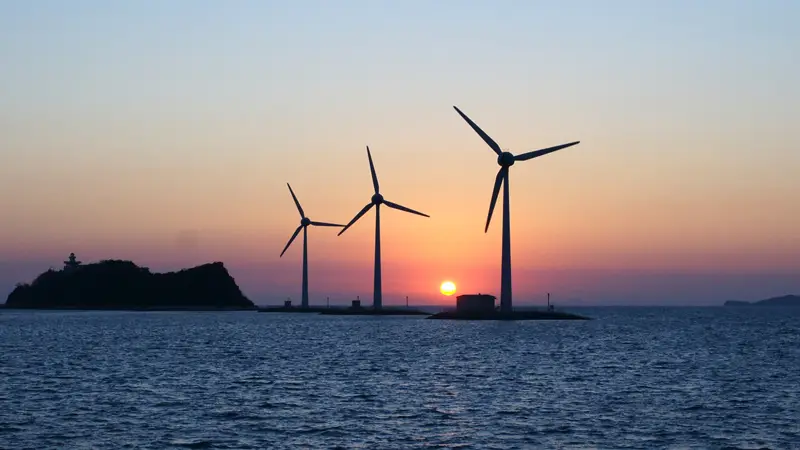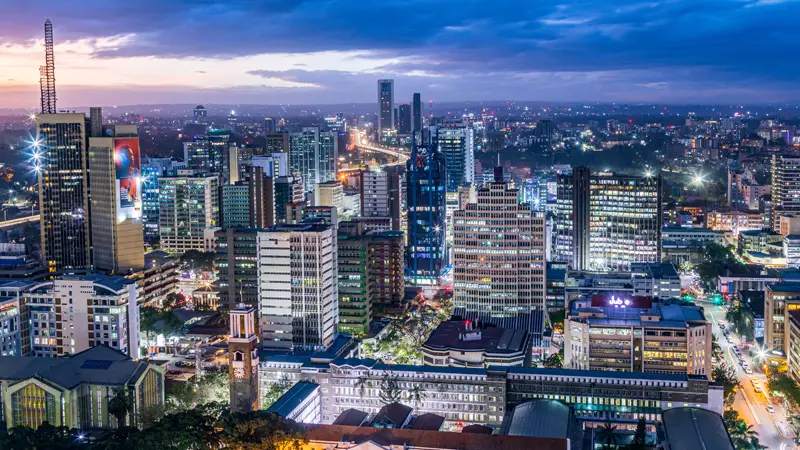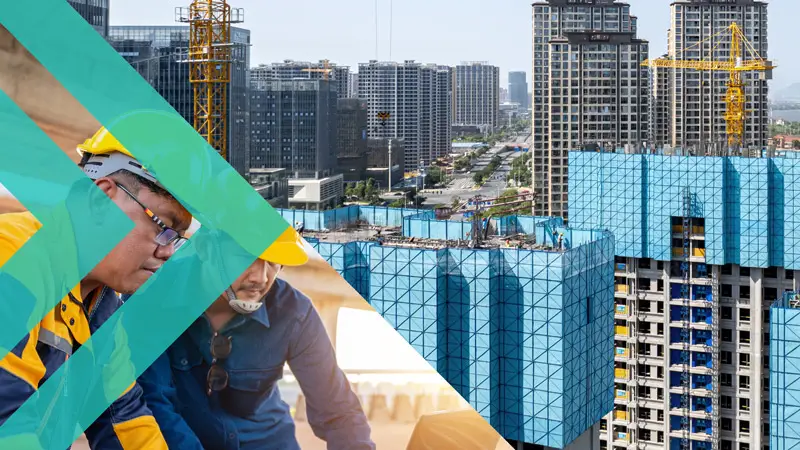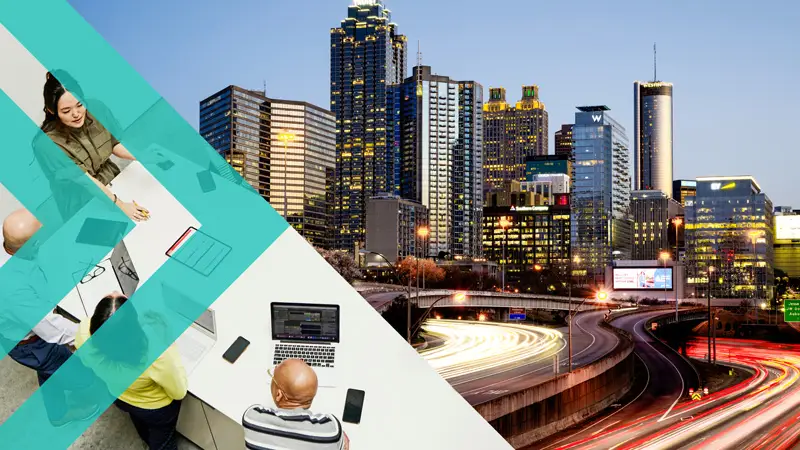A global investment fund was considering an investment in a regional telecommunications firm with operations throughout Southeast Asia.

Infrastructure projects present investors, architects, engineers and developers with a unique set of challenges. These include understanding the full investment and operational landscape; clarity on compliance exposure at all levels; cost, quality, resilience and durability of the build; and the potential for activism, corruption, terrorism, or natural disasters to cause delays.
Control Risks offers strategic insight and operational resilience to infrastructure projects worldwide. Our experience covers the full range of infrastructure projects, including some of the largest commissioned, such as transport networks, air and seaports, critical infrastructure, and smart city developments.
We take an integrated risk management approach to planning, building and operating – embedding resilience at every stage. Our teams have expertise spanning market-entry feasibility, geopolitical and regulatory resilience, and physical and digital security.
We offer master security planning, political and regulatory monitoring, risk assessments, and supply chain integrity checks to prevent costly delays.
We can help you integrate security strategies for plants and linear assets, Fire Life Safety (FLS) systems, and digital risk security frameworks to protect critical operations.
We can deliver site security governance, business continuity planning, and worker welfare monitoring, ensuring compliance and resilience for high-value assets
Contact us to find out more

A global investment fund was considering an investment in a regional telecommunications firm with operations throughout Southeast Asia.

An Asian private equity firm was considering an investment in a Japan-based logistics company. They wanted to better understand the reputation of its three wholly owned subsidiaries and its joint venture with an international partner.
Our Japanese-language research found that the target had been publicly criticised by regulators for enforcing long working hours and had been cautioned to observe Japan’s fair-competition laws. Meanwhile, our source interviews found that the company generally had a positive market reputation.
Our research also showed that the main director was beyond the age of retirement and had not selected a successor. This created uncertainty both within the business and among its key customers regarding the company's long-term prospects.
Our information about the company’s reputation, track record with regulators, and potential succession issues gave the firm confidence when they sat down at the negotiating table.

A European renewable energy infrastructure fund required a series of research projects into market players in the offshore wind power sector.
Control Risks conducted public-record research and made discreet enquiries and site visits. Most of the entities and individuals reviewed had low public profiles with little discernible track record in energy or infrastructure.
While most of the prospective partners had little local presence and sector reputation, our team did identify some with links to local organised crime groups and some who had been accused of corruption and licence squatting. In some cases, even well-known and reputable wind farm developers faced operational difficulties from protests by local communities and fishery groups, often rumoured to have been mobilised by politically motivated actors.
The fund used our information on a case-by-case basis to ensure that its decision-making optimised its investors’ intention to realise genuinely sustainable and profitable projects.

This client was building a new office in an East African country with a history of extremist attacks against national institutions. Physical and technical security measures were required.
Control Risks’ in-house security design engineering team undertook an independent assessment of the credible explosive-based attack scenarios, paying attention to the credible size of explosive devices and the standoff at which these might be detonated.
Our team developed a digital model of the proposed development and ran various explosion modelling to identify the likely building and façade response. Where the outcome exceeded our client’s stated tolerable loss criteria, we provided design guidance to ensure appropriate mitigation measures were incorporated into the building structural design. We also developed a blast mitigation performance requirement for the façade tender.
With our support, the client ensured that appropriate blast mitigation measures were incorporated into the new structural design and an appropriate blast-mitigated façade performance specification was issued as part of our client’s tender documents.

We know how to balance the management of physical, digital and compliance risks.

We understand the complexity of city-scale developments.

We see the full risk landscape, make informed decisions, and protect long-term value.

Control Risks supports ambitious projects across the U.S.